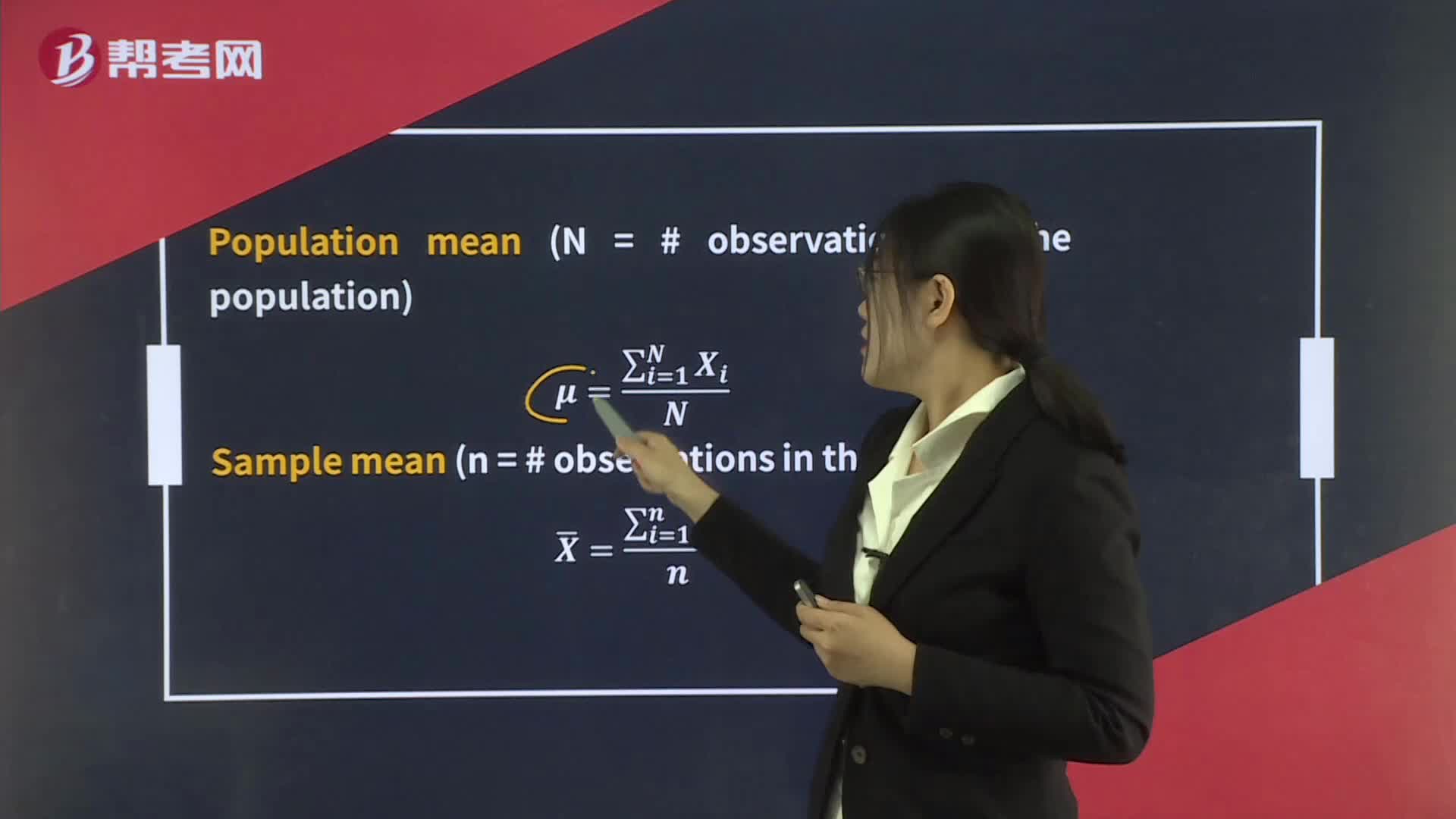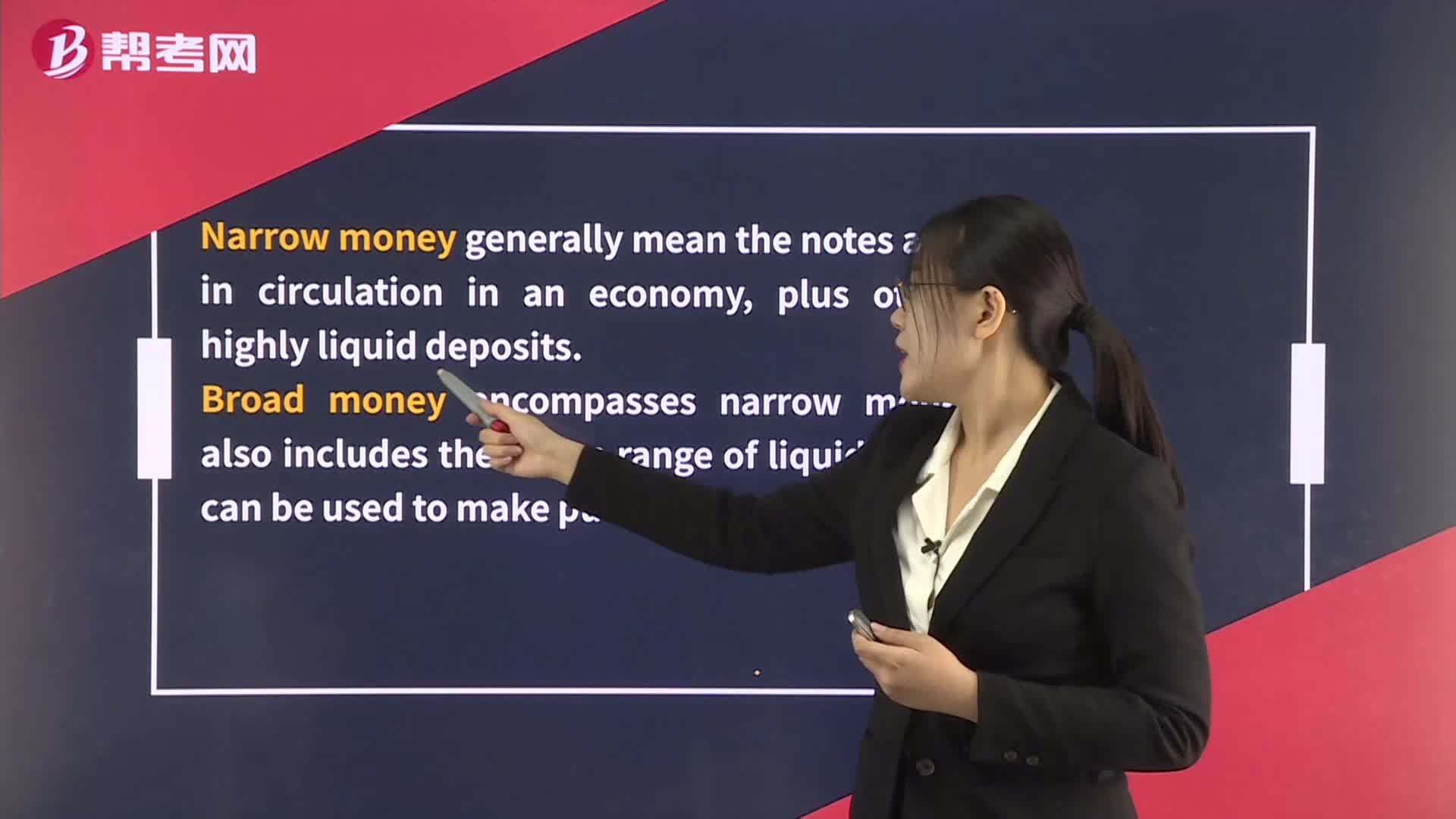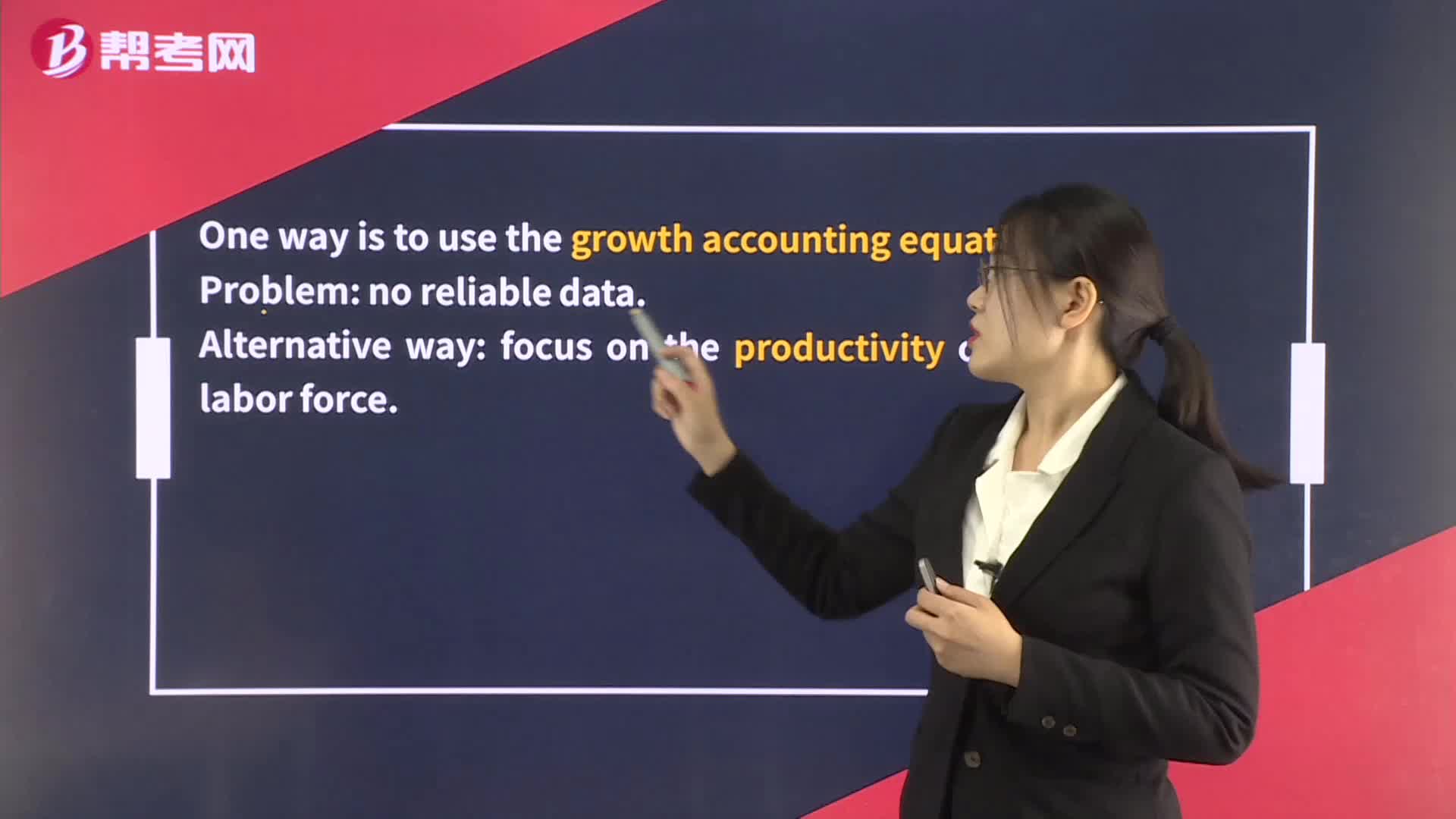
Calculation of GDP – Expenditure Approach

Theories of the Business Cycle - Neoclassical and Austrian Schools

Theories of the Business Cycle - Monetarist School

Theories of the Business Cycle - Keynesian School

Phases Of the Business Cycle

Measures of Central Tendency

Definitions of Money

Measures of Sustainable Growth

What are the responsibilities of the members in reference to the CFA Institute?

What’s the main idea of referral fee?

Why members and candidates must make disclosure of all matters ?

How to understand the meaning of misrepresentation?

下載億題庫APP
聯(lián)系電話:400-660-1360







